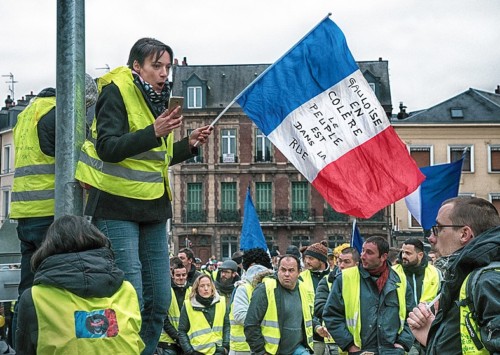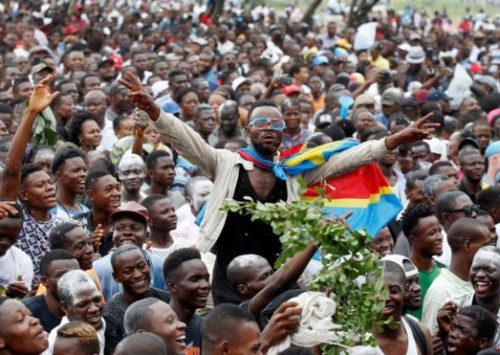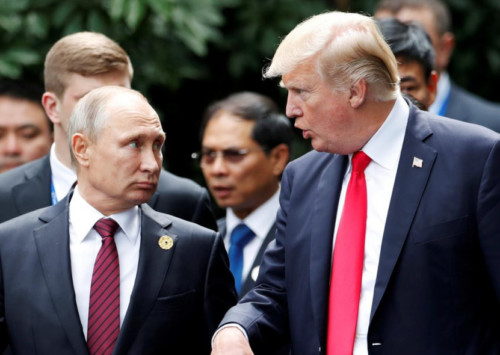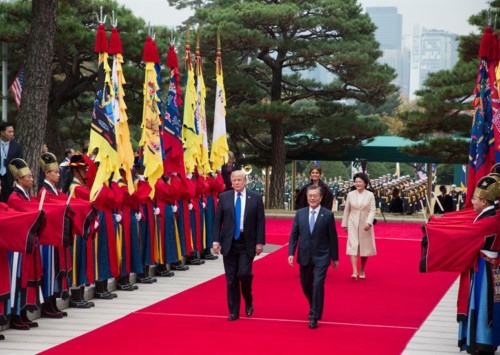Macron’s challengers
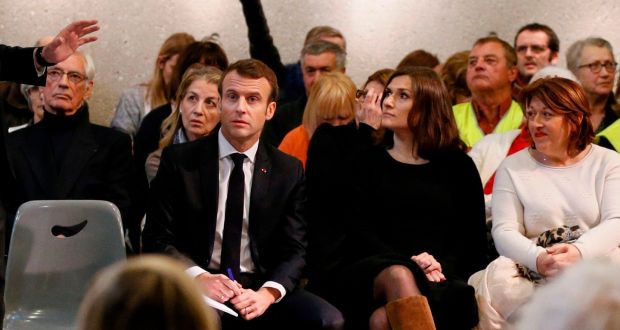
The rise of Gilet Jaune movement is in many ways a mirror-image of Macron’s own ascent in French politics.
The Gilet Jaune movement in France is in many ways a throwback to Emmanuel Macron’s own insurrection two years ago.
In November last year when the first protest by the Gilet Jaune (Yellow vest) movement was organised, it caught everyone, especially the French President Emmanuel Macron by surprise. What was surprising was not that people in France were unhappy or that they had descended on the streets as these are normal practices in this country. But the surprise lay in the depth and width of the turnout generated by this self-driven movement, powered entirely by unrelated individuals, living in distant parts of France through able use of social media. The first round saw nearly half a million people gathered in more than a dozen cities all over the country and blockage of several main autoroutes.
On the subsequent weekends, the gatherings continued, and even though the numbers declined with each passing protest, the issue had already captured the attention of the French media and society and very soon global media also began covering the Saturday protests, which became increasingly violent leading to numerous clashes with the police, burning of cars, shop windows getting smashes and government offices blockaded.
In the hindsight, the French government, notably President Emmanuel Macron, a very sharp politician, totally misread the situation and the gravity of the problem. He and his aides treated it as a law and order problem and believed that with a harsh crackdown by security forces as well as with media fatigue and dropping numbers of protesters, the movement would die a quiet death.
Hence, he first simply ignored the movement and when he reacted, it was with a disdain that seems to have become a new norm ever since he took over the presidency in 2017. The government seemed to remain dismissive of the movement and refused to back down on any of the demands for nearly a month.
However, the protests continued and despite the falling numbers, there seemed to be a coalescence of the core group of the movement determined to continue the protests. Macron finally had to bow down and cancelled not just a hike in tax on fuel, but also several other measures that had riled the common French who increasingly believed that Macron’s policies were entirely pro-rich. Macron has since tried hard to change that view, but somehow the label seems to have stuck.
And therein lies the biggest challenge before Macron, if he is to save his remaining term and indeed hope for a reelection. The rise of Gilet Jaune movement is in many ways a mirror-image of Macron’s own ascent in French politics. The economy and industry minister under President Hollande, Macron suddenly resigned in 2016 and decided to contest the presidential election, barely nine months later.
Disconnect between government and people
Macron had detected that the traditional French political parties and their leaders had lost touch with the electorate and most voters did not trust the leaders anymore. So, Macron presented himself as the outsider who could actually connect the people with their government and leaders. This stance aided with a very smart use of social media as well as an efficient, though hurriedly-assembled core team, helped Macron become a serious contender for the top job within a few months.
His outsider image was furbished when several professionals quit their jobs and joined him. In the meanwhile, the main political parties, both socialist and republican were in existential crises due to infighting and charges of misconduct and corruption.
Tired of the leading two parties, the French voters were seduced by Macron’s direct and simple message. He would be the people’s president and do things needed to rejuvenate the French business and society. Not only did the voters hand him a strong victory in the second round, but his newly formed party also went on to win a massive majority in the Parliament.
Following his mandate, Macron was able to stand up to severe opposition by unions and pushed through many key reforms that had been pending for decades and the previous presidents had failed as they bowed down to the unions and their strikes. However, Macron believed, rightly to some extent, that the popular opinion was for carrying out the reforms and stood his ground.
But not all his decisions went down well with the French, notably the pensioners, the working classes and those living in the villages and small towns of the country, who have been hit particularly hard by some of his measures. This, combined with Macron’s famous gaffes and an arrogant attitude, notably towards the poor and unemployed, has put Macron exactly where his predecessors had been and what he had set out to change. A total disconnect between the people and the government.
However, the President failed to recognise the anger that his attitude had led to and the Yellow vest movement is simply a reflection of that. It may not be too late for Macron, even though the protests have continued and his ratings in opinion polls remain amongst the lowest in decades. The discontent is bound to show up in the results of the European Parliament elections scheduled in May. For once, Macron’s party is looking vulnerable and his opponents, notably the extreme left and extreme right, are keen to capitalise on his misery and take away key votes from him.
With two years more to go, Macron does have the time to resuscitate his presidency. But winning the trust of voters a second time around would definitely be quite a challenge for him.

